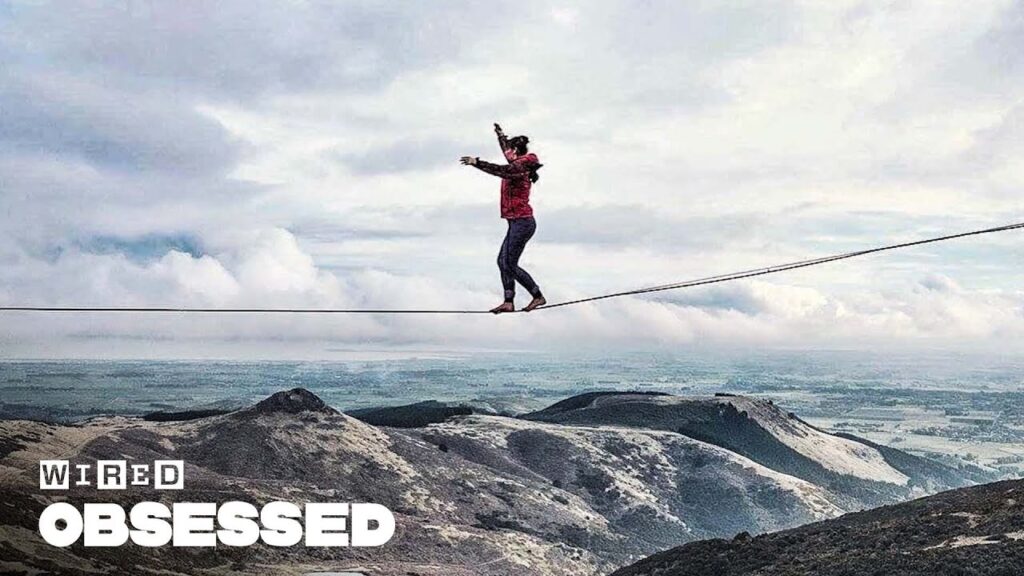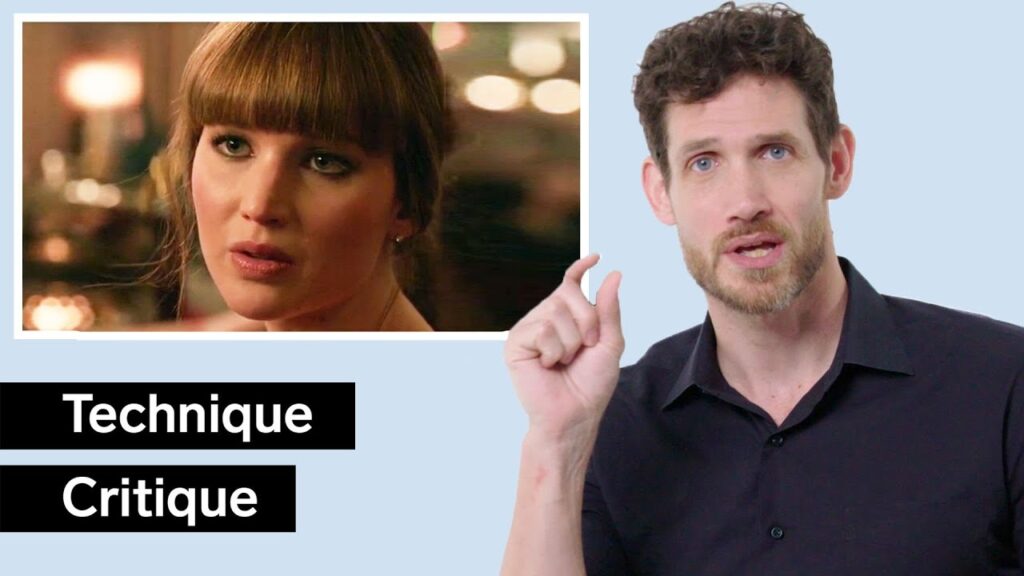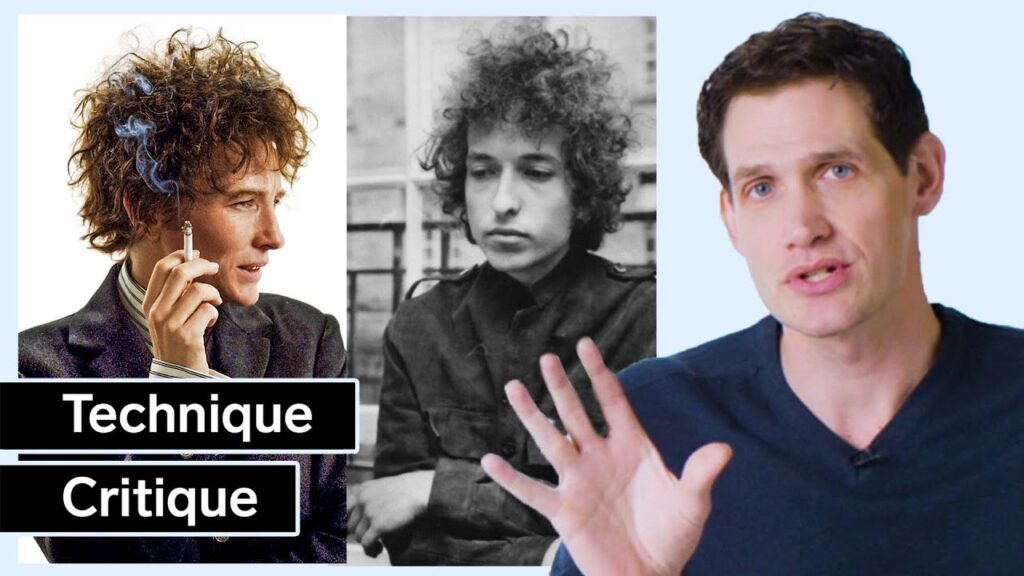The Limbic System and Nonverbal Communication: Exploring Our Evolutionary Senses
Summary
Joe Navarr, a nonverbal communication expert, explores the evolution of our species in regards to survival and communication. He highlights the importance of the limbic system, or mammalian brain, which responds to the world around us through various means of sensory input. Navarr touches on specific reflexes, gestures, and behaviors that have been hardwired into our paleo circuits, allowing us to communicate silently but effectively. These universal behaviors serve as a reliable way to assess others and determine their thoughts, feelings, and fears.
Table of Contents:
- The Limbic System: Our Survival Mechanism
- Gestures and Communication: A Brief History
- The Paleo Circuit and our Vestigial Behaviors
- The Orientation Reflex and Survival
- Collateral Behaviors and the Limbic Response
The Limbic System: Our Survival Mechanism
Q: Can you explain in layman’s terms what the limbic system is and how it functions in relation to our survival instincts?
A: The limbic system is an area deep within our brain that responds to the world around us. It doesn’t think, but rather reacts to anything it perceives as a possible threat or danger. This reaction is an automatic survival response that comes from millions of years of evolution. The limbic system can be activated by any sense, such as the sound of a loud noise, the smell of smoke, a sudden change in temperature, or even a change in light. It’s always on, even when we’re sleeping or focusing on other tasks.
Gestures and Communication: A Brief History
Q: How have our nonverbal communication skills evolved over time and why are they so integral to our survival?
A: Our nonverbal communication skills have evolved for millions of years, ever since our ancestors needed to communicate silently but effectively in order to survive in a hostile environment surrounded by predators. Initially, this communication was primarily through gestures and body language, which have since become hardwired into our paleo circuits. These circuits are ancient and allow us to communicate our needs, wants, desires, and fears without words, saving us precious time and energy in high-stress situations. Nonverbal communication is critical to our survival because it allows us to assess others and determine their intentions quickly and instinctively.
The Paleo Circuit and our Vestigial Behaviors
Q: Can you give some examples of vestigial behaviors and how they relate to our paleo circuits?
A: Vestigial behaviors, also known as phylogenetically transmitted behaviors, refer to behaviors still present in the current species that may have been present in ancestral species. These behaviors relate to our paleo circuits, as they’re ancient and serve a critical function for survival. For instance, primitive primates would display their large canines to scare off predators, while humans show their teeth for the same reason. The Binsky reflex, indicative of hanging onto hair, is still present in newborns, and the orientation reflex alerts us to changes in the environment. Lastly, protective gestures such as bringing a hand to the neck or covering the mouth are present in humans and other animals and serve as a means to protect oneself.
The Orientation Reflex and Survival
Q: Can you explain how the orientation reflex has evolved and how it serves as a means of survival?
A: The orientation reflex is likely pre-reptilian and goes back to our amphibious past. This reflex orients us towards any movement or change in pattern in our environment. It’s essential for survival, as it allows us to quickly assess if something is dangerous or not. Our eyes will turn towards the movement, and we’ll raise a hand to block it if it’s coming towards us. Fish have this reflex as well and use it to escape predators. Humans have never lost this orientation reflex because it’s critical to our survival.
Collateral Behaviors and the Limbic Response
Q: What are collateral behaviors, and what role do they play in the limbic response?
A: Collateral behaviors are a set of behaviors associated with startling situations. When we perceive something as potentially hurtful, our limbic system orients us away from that person or thing. We may bring a hand to the neck, cover our mouth or tuck our chin in. These behaviors come from a reflex to protect ourselves and are anchored in our biology and physiology. They’re part of our limbic response, which comes from our survival mechanism and can hijack neural activity immediately.
Conclusion
Our limbic system and nonverbal communication skills are deeply rooted in our evolutionary past. These paleo circuits and vestigial behaviors have allowed us to communicate silently but effectively and have contributed to our survival for millions of years. Our limbic system responds to the world around us instinctively, and our nonverbal communication skills allow us to assess others quickly and efficiently. By understanding our limbic system and the importance of nonverbal communication, we can improve our ability to communicate effectively and efficiently in high-stress situations.





